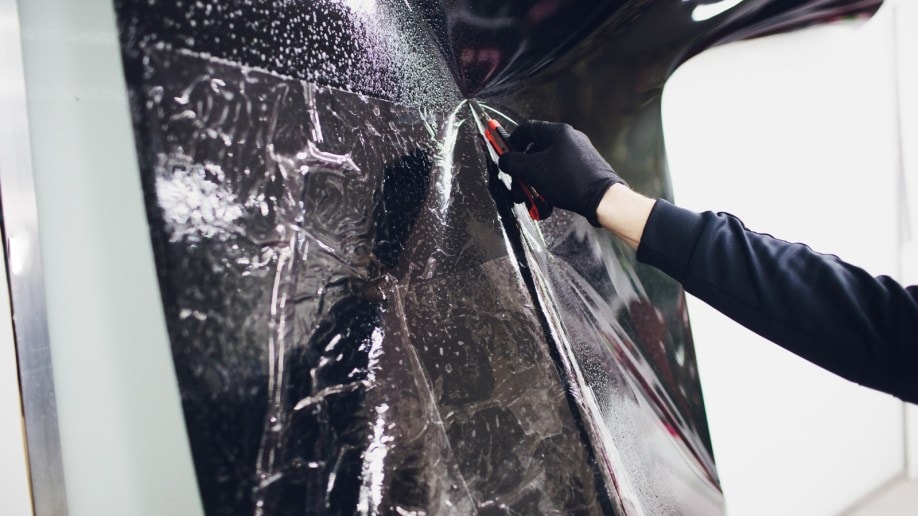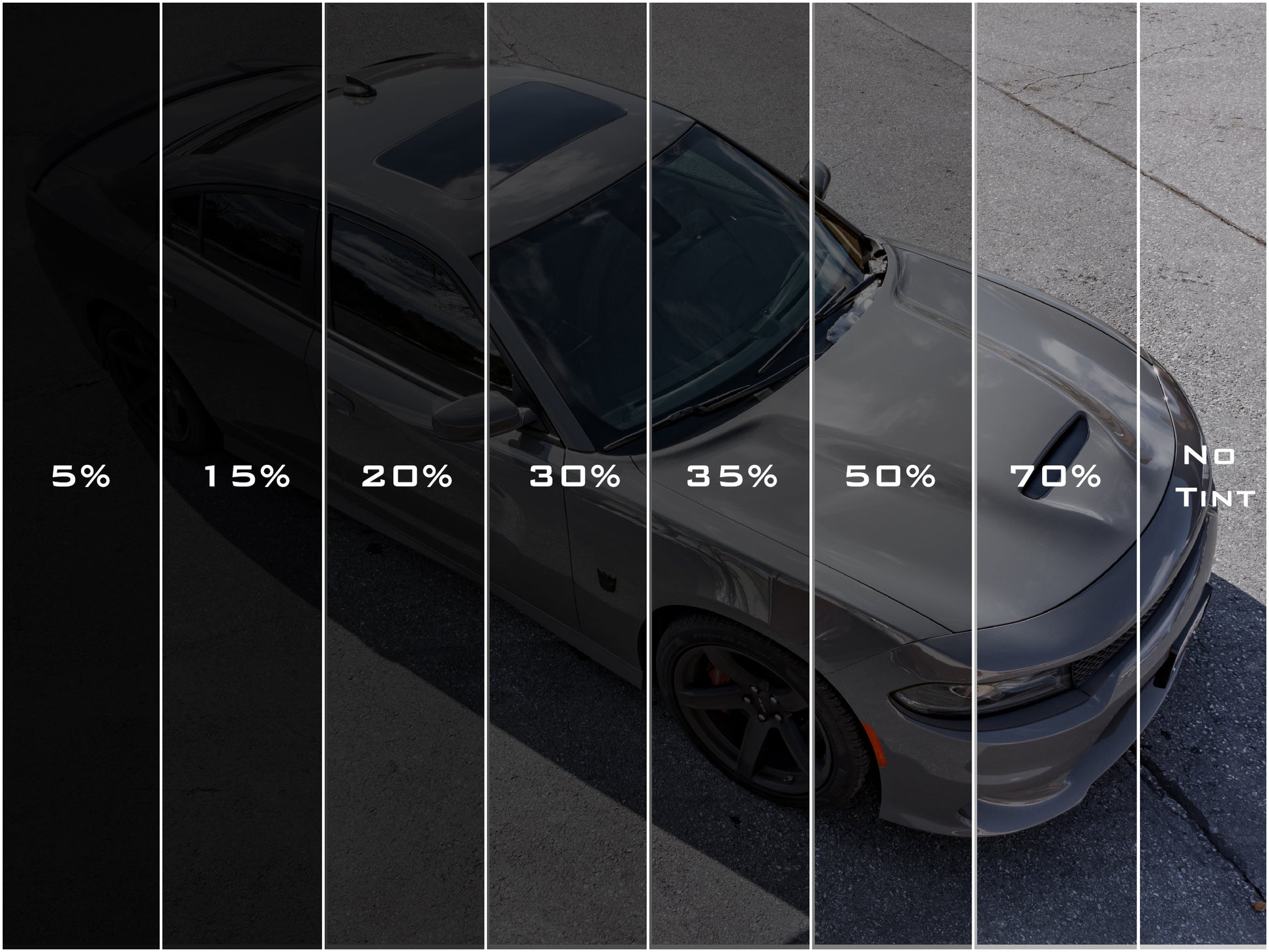Auto Window Tinting: Discover the most effective Deals and High Quality Providers Nearby
Auto Window Tinting: Discover the most effective Deals and High Quality Providers Nearby
Blog Article
Home Window Tinting Rules and Guidelines: What You Need to Know Before Tinting Your Automobile
Prior to waging window tinting for your automobile, it is vital to acquaint on your own with the diverse regulations and standards that control this method throughout various states. These policies dictate the acceptable levels of color darkness, usually measured by visible light transmission (VLT) portions, and consist of details stipulations for front windscreens targeted at ensuring road safety and security. Furthermore, certain jurisdictions might offer clinical exceptions for people with certifying conditions. Comprehending these intricacies can conserve you from possible legal implications, yet what are the particular guidelines in your state?
Review of Window Tinting Regulations
Window tinting laws are often based on variant across different jurisdictions, showing neighborhood regulations and safety and security factors to consider. These regulations determine the allowable degrees of color darkness and reflectiveness on automobile windows, making certain that motorists preserve ample exposure while also shielding versus unsafe UV rays and heat.
The majority of regulations identify home window tinting based on the Visible Light Transmission (VLT) portion, which indicates the amount of light that can pass through the window. Usually, reduced VLT portions represent darker colors. Laws commonly set apart in between the front, side, and rear home windows, with stricter restrictions applied to the front windshield to boost safety and security for both the chauffeur and other road users.
Furthermore, some jurisdictions enforce limitations on the reflectivity of the color, avoiding excessive glow that might impair presence. Exceptions to these laws may exist for people with details clinical problems requiring extra sun protection. Compliance with window tinting regulations is vital, as offenses can lead to penalties, compulsory removal of the tint, and possible boosts in insurance policy premiums. It is essential for car proprietors to acquaint themselves with neighborhood legislations prior to continuing with home window tinting setups.
State-by-State Tint Regulations
Understanding the specific window tinting regulations in each state is vital for car proprietors seeking to abide by the law. Each state in the U.S. has developed its very own collection of guidelines controling window tinting, which can differ dramatically. These policies commonly determine the permitted levels of color darkness, the kinds of windows that can be tinted, and any kind of medical exceptions that may use.
For example, states like The golden state have strict constraints on tint darkness for front windows, while others, such as New Mexico, may allow darker colors. In addition, certain states mandate details exposure percentages for numerous windows, consisting of the windscreen, front side windows, and back windows. It is important for auto proprietors to acquaint themselves with their state's regulations to avoid prospective fines or charges.
In addition, some states might require a certification sticker label to be placed on colored windows, indicating compliance with state laws. Failure to stick to these laws not just risks lawful effects however can also influence safety and presence while driving. Car proprietors need to conduct complete research or consult local authorities to ensure complete understanding and conformity with state-by-state tint regulations.
Allowed Tint Types and degrees
Numerous lorry owners may be stunned to discover that allowed color degrees and types vary commonly across different states. Each state has actually developed its own regulations concerning the permitted darkness and reflectivity of window color, usually determined by Visible Light Transmission (VLT) percents. VLT describes the amount of light that can pass with the colored home windows; hence, a reduced percentage shows a darker tint.

Moreover, the sorts of color products allowed can vary, with some states prohibiting metal or mirror-like surfaces. It is necessary for lorry proprietors to acquaint themselves with their state's specific regulations to guarantee conformity. Non-compliance can cause fines, required elimination of the tint, or various other legal repercussions, making it vital to recognize these guidelines before proceeding with installation.
Medical Exceptions for Tinting
While not all states give allocations for clinical exceptions concerning window tinting, those that do acknowledge the requirement for particular individuals to boost visibility and convenience as a result of clinical problems. Numerous medical conditions, such as lupus, skin cancer cells, and specific eye problems, can render individuals especially conscious sunlight. These people might require darker tints to secure themselves from harmful UV rays and glow.

It is essential to note that despite having a medical exception, there might still be limitations on the level of color allowed. Compliance with state regulations makes certain that individuals are both safeguarded and within legal restrictions. Those her explanation taking into consideration clinical exemptions must contact their neighborhood Department of Electric motor Vehicles or equivalent authority to understand the needs and procedures required to get an exemption effectively.
Charges for Non-Compliance
Falling short to adhere to window tinting laws can lead to considerable charges, which differ by state. Police are equipped to release citations for automobiles that do not follow the defined tinting laws. These fines generally include fines, which can vary from small total up to a number of hundred dollars, depending on the intensity of the violation and the state concerned.
In some territories, duplicated offenses may cause escalating fines or extra charges, such as obligatory court looks. Non-compliance may require the removal of prohibited tinting, frequently this website at the proprietor's expenditure. In extreme situations, regular culprits may encounter suspension of their vehicle registration up until conformity is achieved.
In addition, insurance ramifications might emerge from getting numerous citations for home window color offenses. Insurance providers may check out such offenses as an indication of riskier actions, potentially causing boosted costs or trouble in insurance coverage.
To prevent these fines, it is crucial for vehicle proprietors to familiarize themselves with their neighborhood window tinting regulations and make certain that their car complies (Window Tinting). This proactive approach not just prevents legal implications but likewise promotes roadway security
Verdict

Many policies identify window tinting based on the Visible Light Transmission (VLT) percent, which shows the quantity of light that can pass through the home window. Compliance with window tinting regulations is crucial, as infractions can result in penalties, necessary removal of the tint, and potential increases in insurance policy premiums.Comprehending the details window tinting laws in each state is important for car owners looking for to abide with the regulation. These laws typically determine the allowable levels of tint darkness, the kinds of home windows that can be tinted, and any clinical exceptions that might use.
For instance, go to this site states like California have rigorous constraints on tint darkness for front home windows, while others, such as New Mexico, might permit darker colors.
Report this page